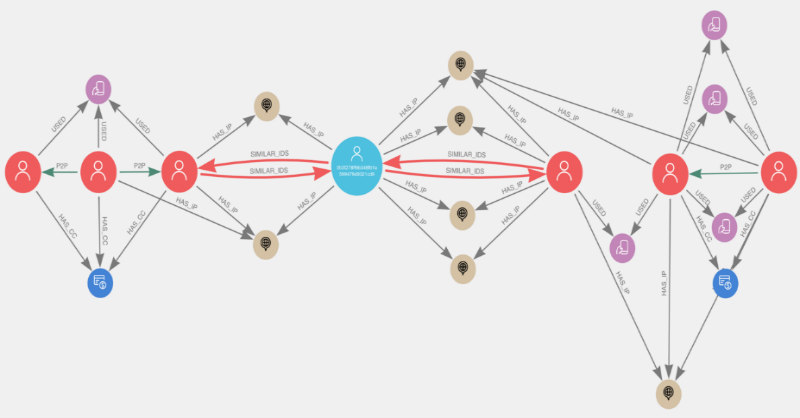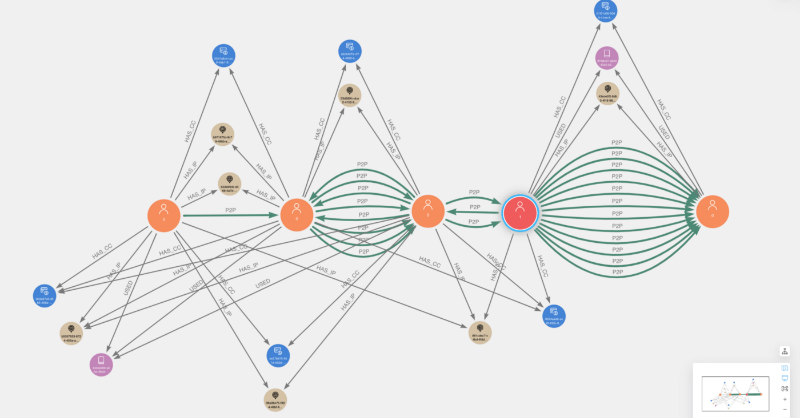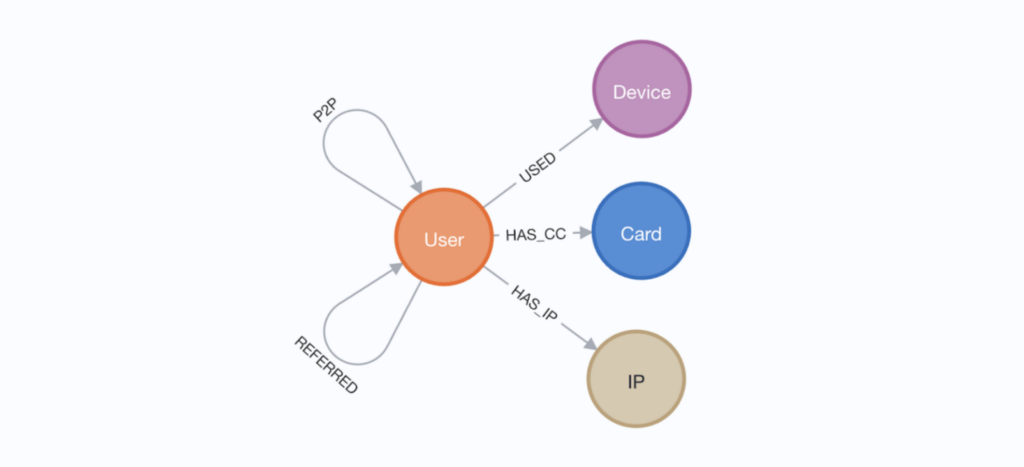
Detecting Bank Fraud With Neo4j: The Power of Graph Databases
Oct 04, 2024 3 mins read
Learn how to detect bank fraud using Neo4j’s graph database, enabling real-time analysis to uncover hidden fraud rings and protect financial assets. Read more →

Learn how to detect bank fraud using Neo4j’s graph database, enabling real-time analysis to uncover hidden fraud rings and protect financial assets. Read more →

How to make your queries 1000x faster with quantified path patterns (QPP) with the Neo4j 5 Cypher bullet train. Read more →

In part 4 of our fraud detection series, we will cover how to apply graph machine learning to predict the high fraud risk user accounts we labeled in parts 1, 2, and 3. Read more →

In part 3 of our fraud detection series, we may want to expand beyond our business logic to automatically identify other users that are suspiciously similar to the fraud risks already identified. Read more →

In part 2 of this fraud detection series, we will provide more formal definitions for resolving entities that will allow us to partition well-defined communities in a scalable manner. Read more →

In the first part of this fraud detection series, we will introduce the sample graph dataset we are using and begin exploring the graph for potential fraud patterns. Read more →

Fraud Detection is one of today's most challenging data science problems. Thankfully, Neo4j Graph Data Science (GDS) offers practical solutions that empower data scientists to make rapid progress in fraud detection analytics and machine learning. Read more →